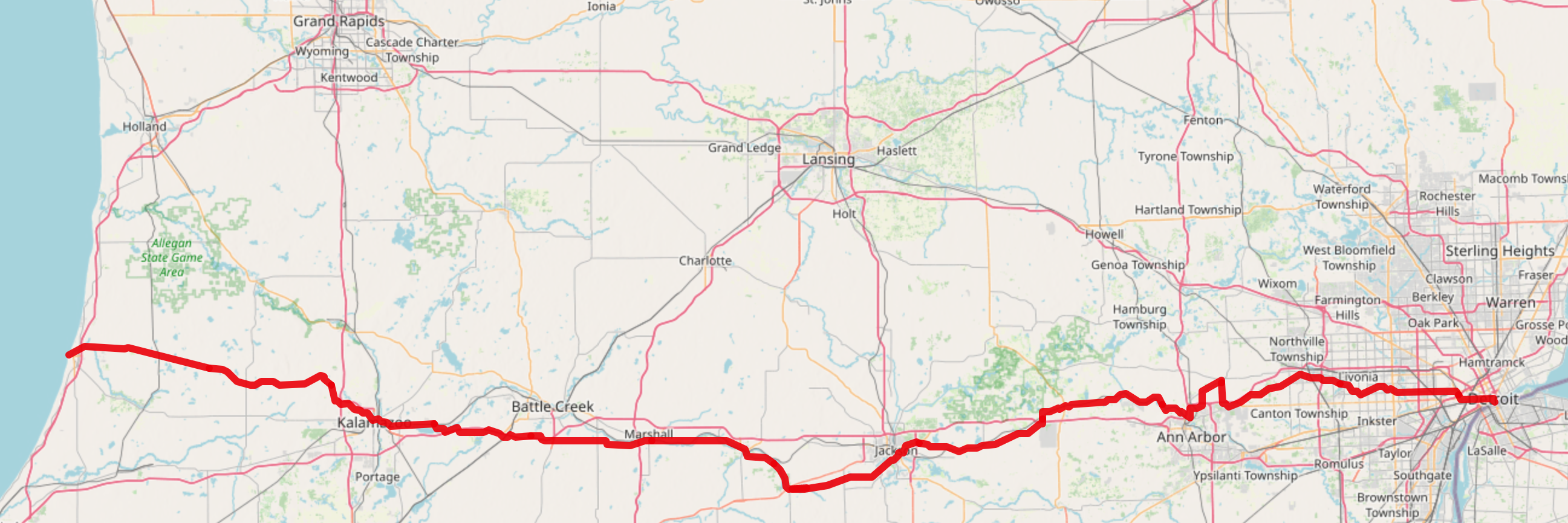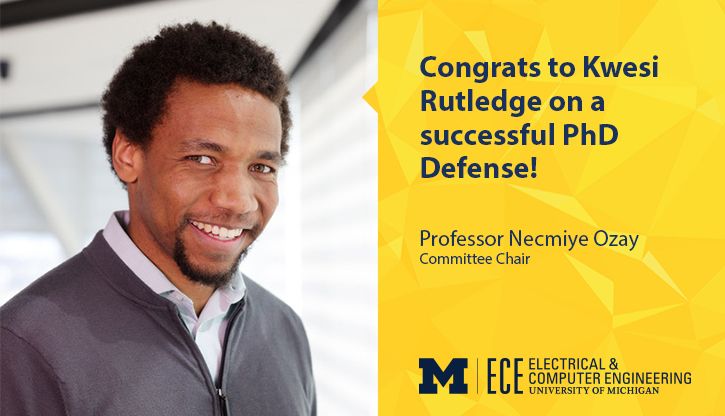Some Highlights from 28
August 27 2022
This post is a quick list of some highlights I experienced during age 28. I wrote this under a time constraint (and with very little structure), so many things and people may be missing. With this in mind, I'll state now: This list of highlights is incomplete. Perhaps in a future blog post I'll elaborate or include more highlights.
Highlights
Kakuyon* Song: clockWise by ThomTide
The song clockWise is a unique song in my library. It takes me to a place that isn't a simple emotion like intense energy or deep sadness. Instead, there's a complexity of emotions that comes from the instrumentation, intonation and lyrics. The simple guitar and the longing crooning of ThomTide is paired with lyrics talking about the standing on the shoulders of your ancestors and
The song is also unique in the ThomTide series (feel free to check out the full series on Tidal or Spotify). It doesn't sound like some of the other songs I like in the same series like rightBack or takeTwo.
* = This song is technically not a Kakuyon song, but a ThomTide song. ThomTide is a collaboration between the artist behind Kakuyon and the visual artist Dominque Millz (more info here).
Non-Kakuyon Song: Tarot by Bad Bunny and Jhay Cortez
The song Tarot by Bad Bunny and Jhay Cortez from Bad Bunny's Un Verano Sin Ti blew me away when I first heard it. I think this duo makes great music whenever they're together (the song DÁKITI is another example of what they can do when they join forces). The song's quick build up and dance-ability made this a perfect song for moving your body. This song propelled me down the final few streets of Detroit's eastern edge at the end of my race across Michigan.
Physical Activity: Kwesi's Race Across Michigan

This image shows the gps coordinates saved during my ride from South Haven (on the western side of Michigan) to Detroit (on the eastern side of Michigan).
A challenge that grabbed a hold of me at the end of 2021 and the beginning of 2022 was the following: Cross the state of Michigan on my bike.
The trip was very symbolic for me; It was meant to be a revisiting of the many Michigan cities I've lived in for internships, camping trips, concerts, and much more. The original idea of the trip was to visit all of those cities from Holland to Flint and much more by bike, but that trip was a bit too large. Instead, I decided to do a single trip from the west coast of Michigan to the east coast, acknowledging each of those events in my life as I went.
The trip was magical in many ways (for example, there is a beautiful protected path that I experienced for the first time during the first ~50 miles from South Haven through Kalamazoo which passed through large swaths of Michigan farmland where cars are nowhere in sight), but it was also very challenging. The trip was done in two days where I did 100 miles on the bike each day. For half of the first day of the first day, I was moving in the same direction as a thunderstorm and so was drenched for most of the day with occasional cracks of lightning pushing my cold, shivering bones to keep pedaling. I had a flat tire at one point. I also felt extremely exhausted when there were ~50 miles left and had a crisis of confidence (thanks Nailah for the helpful pep talk).
The trip was wonderful overall. It offered me a large amount of time for reflection and a unique perspective on the many beautiful parts of Michigan.
Professional Achievement: PhD Defense

This is the announcement that the EECS Department at the University of Michigan sent when I completed my PhD Defense.
I successfully defended my PhD on August 5, 2022! The defense was the culmination of many long years of work and I was proud that there were so many friends, family, mentors, and other inspiring roboticists in the room for the event!
You can view a copy of my dissertation [here].
Professional Advice: Separate the Phases of Critiquing and Editing
If you're like me, then you often catch yourself writing something (a dissertation, a short story, etc.) and think that something could be improved in it. So, you go back to something earlier and write a note/comment to yourself about how an earlier part of the story can be improved. But then that note gives you an idea of how to better write the next part of the story. So, you go back to the end to add some more poetic lines.
What ends up happening, as I bounce back and forth between different parts of the document doing critiques and edits, is that I take a lot more time than I should to complete the document. The reason seems to be this: By not giving myself time to completely edit something before I critique it, I lose track of what my original editing goal was (maybe it was to insert a sequence on a dragon into the story, or maybe it was to introduce a new character). By switching to critique mode too early, the full idea isn't in place for me to edit and my critiques sometimes pull me away from where I was going. Then, I might return to editing and discover that I have a lot more work that needs to be done to finish the Dragon part or other thing that I was focused on.
The solution is straight forward: Designate some times for just editing and some times for just critiquing. By forcing myself to avoid switching too much, it is easier to complete large ideas and then edit them more effectively. It also leads me to finish my creative work a lot faster (e.g., my Dissertation Presentation).
Nonfiction Book: Never Lost Again by Bill Kilday

I had the pleasure of getting through many different audiobooks while training for K-RAM (see above bike ride). One of them was the absolutely thrilling story of a company called Keyhole. While Keyhole might sound unfamiliar today, they were a foundational team of highly motivated engineers that changed how the world worked with their technology that later became Google Earth and Google Maps.
Their profound impact is demonstrated by the title: "Never Lost Again". The possibility of becoming lost has nearly disappeared thanks to the products that they've brought into the world. They created an innovation that I sometimes call invisible. The innovation is invisible because it is so commonplace and deeply embedded in our daily lives that it seems like it was always there. But it was not always there and I was fascinated by how Keyhole created each of these innovations.
One of my favorite bits of trivia from the book for my GIS nerds: The .kml file format is literally the Keyhole Markup Language file format. The user-friendly and open source format was part of how Keyhole succeeded over several incumbents during its initial development. Unlike some older companies like Esri (makers of ArcGIS), Keyhole decided to allow anyone to create custom map data using this .kml format. The open format led to many more maps created for Keyhole's platform (for free) because of community input. The community rapidly adopted the format and was so useful that it's still used today.